How To Grow Ericaceous Plants For Amazing Blooms
Title: How to Grow Ericaceous Plants for Amazing Blooms
Introduction:
Ericaceous plants are a diverse group of flowering plants that thrive in acidic soil. They include some of the most popular and beautiful garden plants, such as rhododendrons, azaleas, camellias, and heathers.
Ericaceous plants are known for their lush foliage and colorful blooms. They can be grown in a variety of settings, from sunny borders to shady woodland gardens. With proper care, ericaceous plants can provide years of beauty and enjoyment.
Main Content:
Choosing the Right Plants
The first step to growing ericaceous plants is to choose the right plants for your garden. There are many different ericaceous plants to choose from, so take some time to research your options. Consider the following factors when choosing plants:
- Sunlight: Some ericaceous plants prefer full sun, while others prefer partial shade.
- Soil: Ericaceous plants need acidic soil. The pH of the soil should be between 4.5 and 6.0.
- Hardiness: Consider the hardiness zone of your area when choosing plants. Ericaceous plants are generally hardy in zones 5 to 9.
Planting Ericaceous Plants
Once you have chosen your plants, it is time to plant them. Ericaceous plants should be planted in the spring or fall. When planting, follow these steps:
- Prepare the soil by adding ericaceous compost or peat moss.
- Dig a hole that is twice as wide and as deep as the root ball of the plant.
- Place the plant in the hole and backfill with soil.
- Water the plant thoroughly.
Caring for Ericaceous Plants
Ericaceous plants are relatively easy to care for. However, there are a few things you need to do to keep them healthy and blooming:
- Water regularly: Ericaceous plants need to be watered regularly, especially during the summer months.
- Fertilize in spring: Fertilize ericaceous plants in the spring with an ericaceous fertilizer.
- Mulch: Mulch around the plants to help retain moisture and suppress weeds.
- Protect from frost: In cold climates, protect ericaceous plants from frost by covering them with a burlap sack or other protective material.
Pests and Diseases
Ericaceous plants are susceptible to a few pests and diseases, such as aphids, scale, and leaf spot. If you see any signs of pests or diseases, treat them immediately.
Conclusion
With proper care, ericaceous plants can provide years of beauty and enjoyment. By following the tips in this article, you can help your ericaceous plants thrive and bloom beautifully.
If you are interested in learning more about ericaceous plants, I recommend visiting Home Gardening.
FAQ of ericaceous
- What are ericaceous plants?
Ericaceous plants are plants that belong to the Ericaceae family, which includes over 4,000 species of plants. Some common ericaceous plants include rhododendrons, azaleas, blueberries, heathers, and camellias. Ericaceous plants prefer to grow in acidic soil with a pH of 4.5 to 6.
- What is ericaceous compost?
Ericaceous compost is a type of compost that is specifically designed for ericaceous plants. It has a low pH, which helps to create the acidic environment that ericaceous plants need to thrive. Ericaceous compost can be purchased from garden centers or made at home.
- How do I care for ericaceous plants?
In addition to providing ericaceous plants with acidic soil, there are a few other things you can do to care for them. First, make sure to water them regularly, especially during the summer months. Second, mulch around the plants to help keep the soil moist and cool. Third, fertilize the plants with an acid-loving fertilizer once a year.
- What are some common problems with ericaceous plants?
One of the most common problems with ericaceous plants is chlorosis, which is a yellowing of the leaves. Chlorosis is often caused by alkaline soil, so it is important to make sure that your ericaceous plants are growing in acidic soil. Other common problems with ericaceous plants include leaf spot, root rot, and pests.
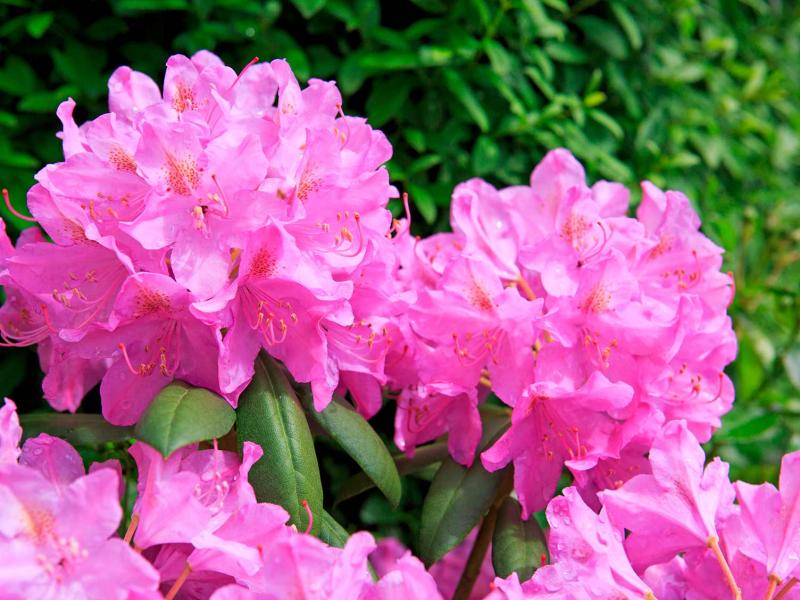
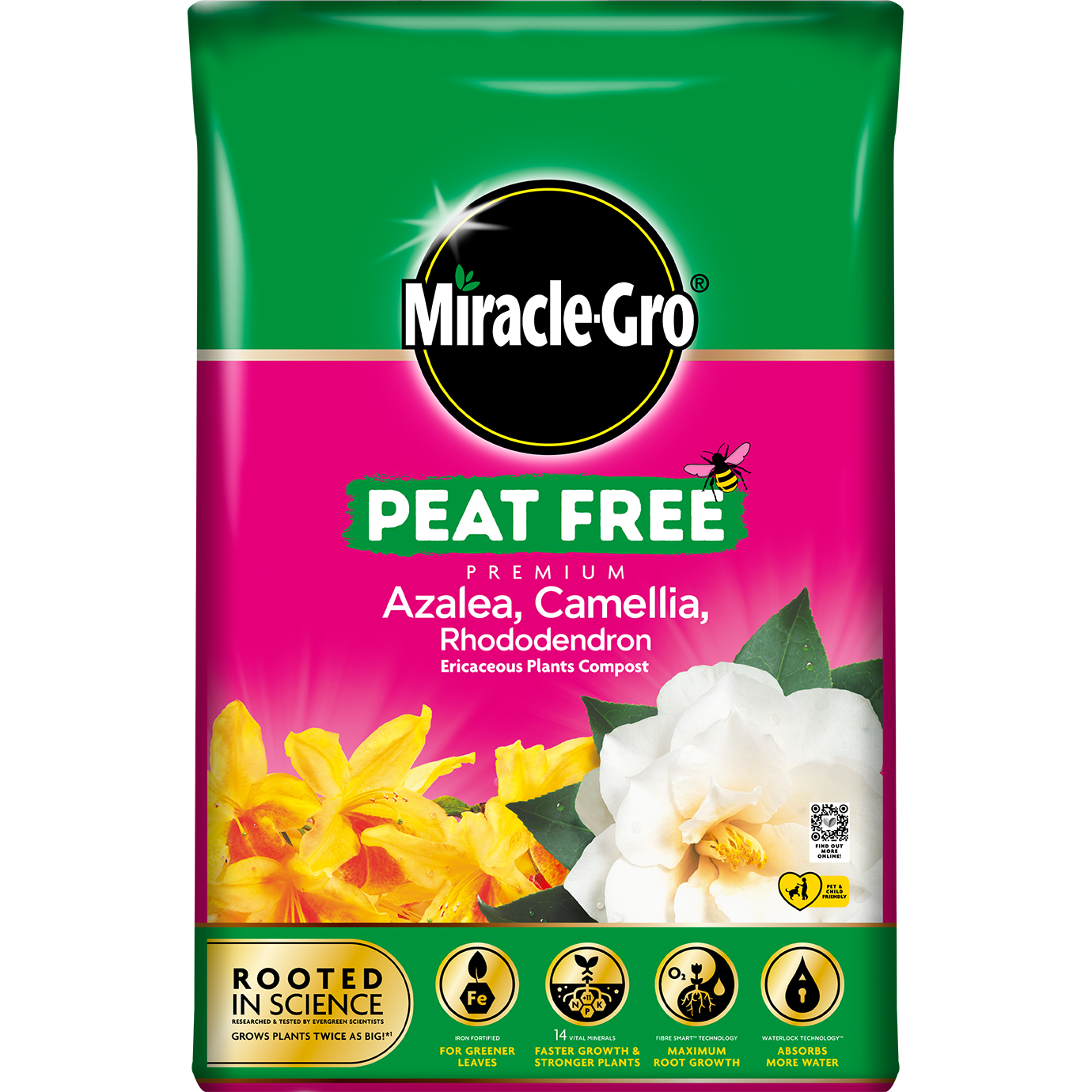

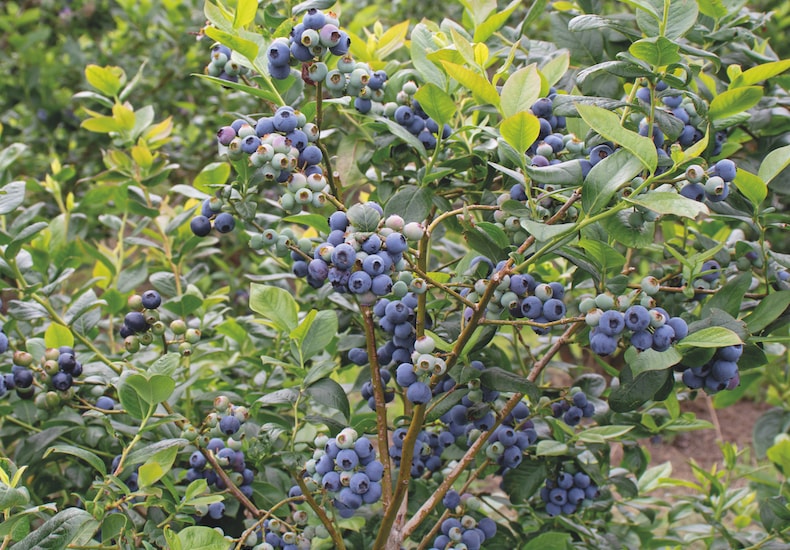

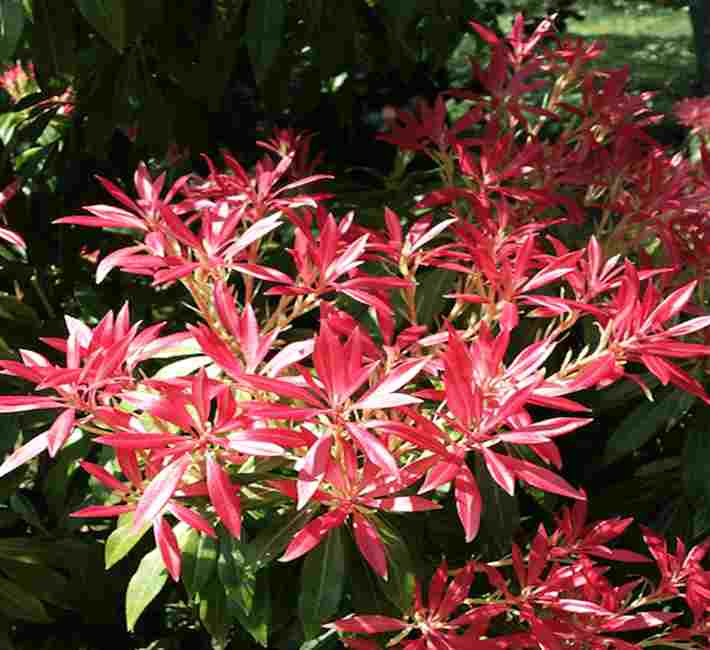

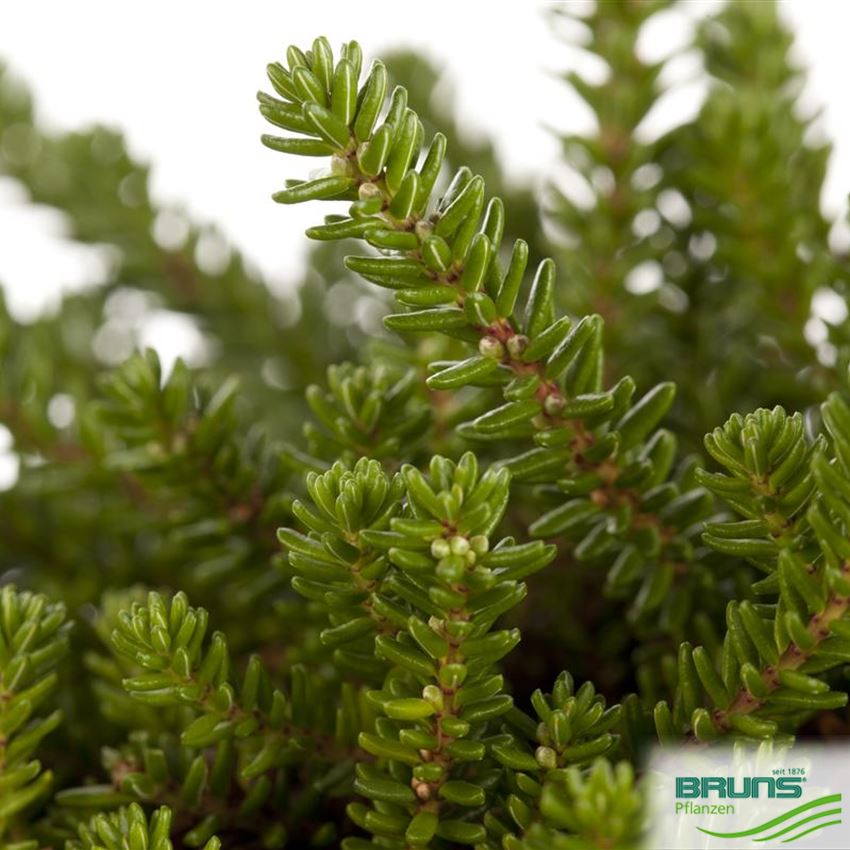
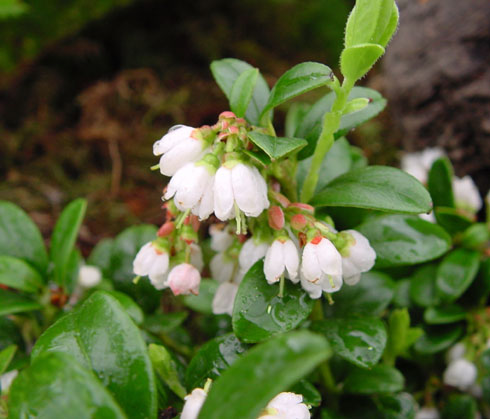
Post a Comment for "How To Grow Ericaceous Plants For Amazing Blooms"